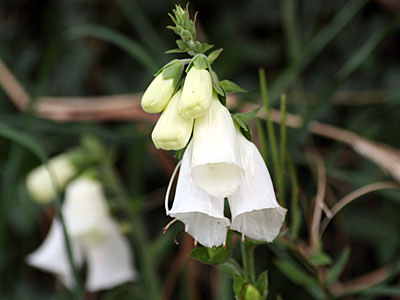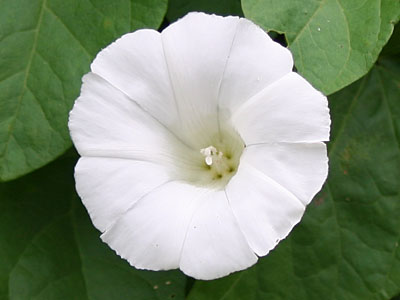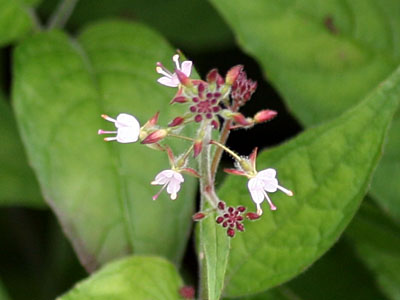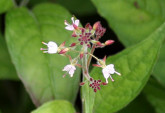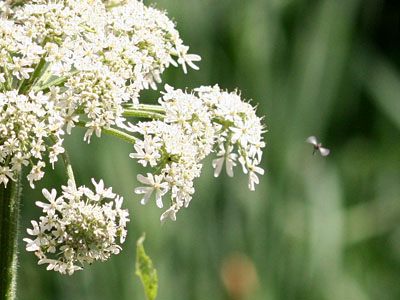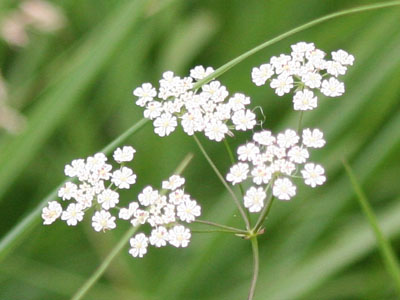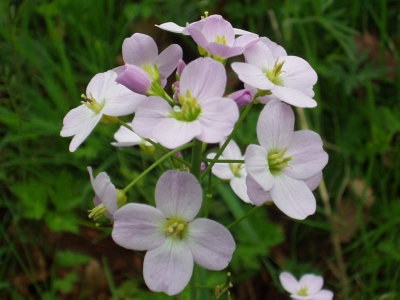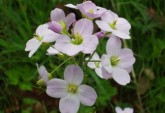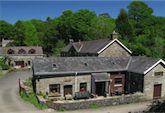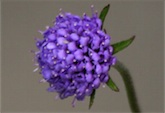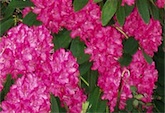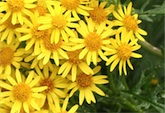Here are some of the white flowers that you may see at Plas Farm. White is the most complete and pure colour, the color of perfection. The color meaning of white is innocence, purity, completion and wholeness.
Plas Farm’s White Flowers
1. Burnet Saxifrage Pimpinella saxifraga
2. Common Daisy Bellis perennis
3. Common Enchanter’s Nightshade Circaea lutetiana
4. Common Eyebright Euphrasia officinalis
5. Cuckoo Flower Cardamine pratensis
6. Hogweed Heracleum sphondylium
7. Ivy Hedera helix
8. Garlic Mustard Alliaria petiolata
9. Large Bindweed Calystegia silvatica
10. Ox-eye Daisy Leucanthemum vulgare
11. Snowberry Symphoricarpos albus
12. Snowdrop Galarithus nivalis
13. Stinging Nettle Urtica dioica
14. Yarrow Achillea millefolium
15. Common Wood Sorrel Oxalis acetosella
16. White Foxglove Digitalis purpurea ‘Alba’
If you spot any white wild flowers at Plas Farm during your cottage holiday, please let us know and if possible take a photograph of it. If you are unable to identify the plant, try posting the image on one of the forums on the excellent Wild About Britain.
